Pellet quality parameters
Pellets have been used as fuel for a
comparatively short time, borrowing the idea from the cattle industry, where
compound feed had been used for a while. Pellets are a new, clean and natural
type of locally-produced fuel, which utilizes modern technologies to make
heating more comfortable and lucrative. Wood pellets are produced using sawdust
and shavings, which were previously thought to be unusable by-products. Pressed
at a ratio of 7:1, pellets are easy to transport and use as fuel, providing
excellent heat output.
Nature-friendly
and economically sound fuel
Unlike fossil fuels, pellets are CO2
neutral, which means that during combustion the CO2 emissions don’t
exceed the amount absorbed during the growth of the biomass from which pellets
are produced. Pellets are a renewable and inexhaustible resource, which causes
no harm to the environment, as opposed to natural gas and petroleum products
such as diesel fuel. At the same time, pellet heating systems are considerably
easier and less expensive to install, and constant demand for wood materials
ensures a steady supply of sawdust and other wood industry by-products from
which pellets are produced. This guarantees stable low prices on pellets,
ensuring savings for years to come.
In order for the heating boiler to
reduce the frequency of maintenance and cleaning, and to ensure maximum boiler
efficiency, proper pellets should be used. High quality pellets, although more
expensive, will ensure appropriate boiler operation and generate savings in the
long run, accounting to less fuel used and fewer maintenances needed.
GRANDEG heating boilers are
compatible with wood pellets adhering to European standard EN14961-2 ENplus-A1.
The TURBO series boilers can also be used with ENplus-aA2 standard pellets.
|
Criteria |
Unit |
EN plus-A1 |
EN plus-A2 |
|
Diameter |
mm |
6 or 8 |
|
|
Length
|
mm |
3.15 ≤ L ≤ 40 |
|
|
Moisture content |
% |
≤
10 |
|
|
Ash content |
% |
≤
0.5 |
≤1.0 |
|
Mechanical strength |
% |
≥
98.0 ≥ 97.5 |
|
|
Dust and small particle content
(<3.15 mm) |
% |
< 0.5 |
|
|
Calorific value |
MJ/kg |
16.5≤ Q≤ 19 |
16.3≤ Q≤ 19 |
|
Bulk density |
kg/m3 |
650 ≤ BD ≤ 750 |
|
|
Ash melting point |
0C |
≥
1200 |
≥1100 |
Explanations:
- Diameter – the burner and the feed system are meant for
pellets 6 to 8 mm in diameter, non-standard sizes can cause problems in
the pellet dispenser.
- Length – non-standard length can interfere with proper
burner and feed system functionality.
- Moisture content – higher levels of moisture reduce the
efficiency of the burning process, as part of the heat goes into drying
the fuel itself, and the evaporated water also absorbs heat from the
furnace, reducing temperature in the boiler.
- Ash content –
higher levels of ash content increase the frequency of cleaning, and can
also result in the accumulation of residue and soot.
- Mechanical
strength – pellets with lower mechanical strength can disintegrate and
crumble, accumulating dust and small particles.
- Dust and small
particle content – too much dust and small particles can cause blockage in
the feed system.
- Calorific value – higher calorific values mean that
less fuel is needed for generating the same heat output.
- Bulk density –
appropriate bulk density ensures an even burning process and high
mechanical strength.
- Ash melting
point – you should choose pellets with an ash melting point higher than
the temperature inside the furnace to prevent the accumulation of melted
ash.
Cart
Cart is empty.
